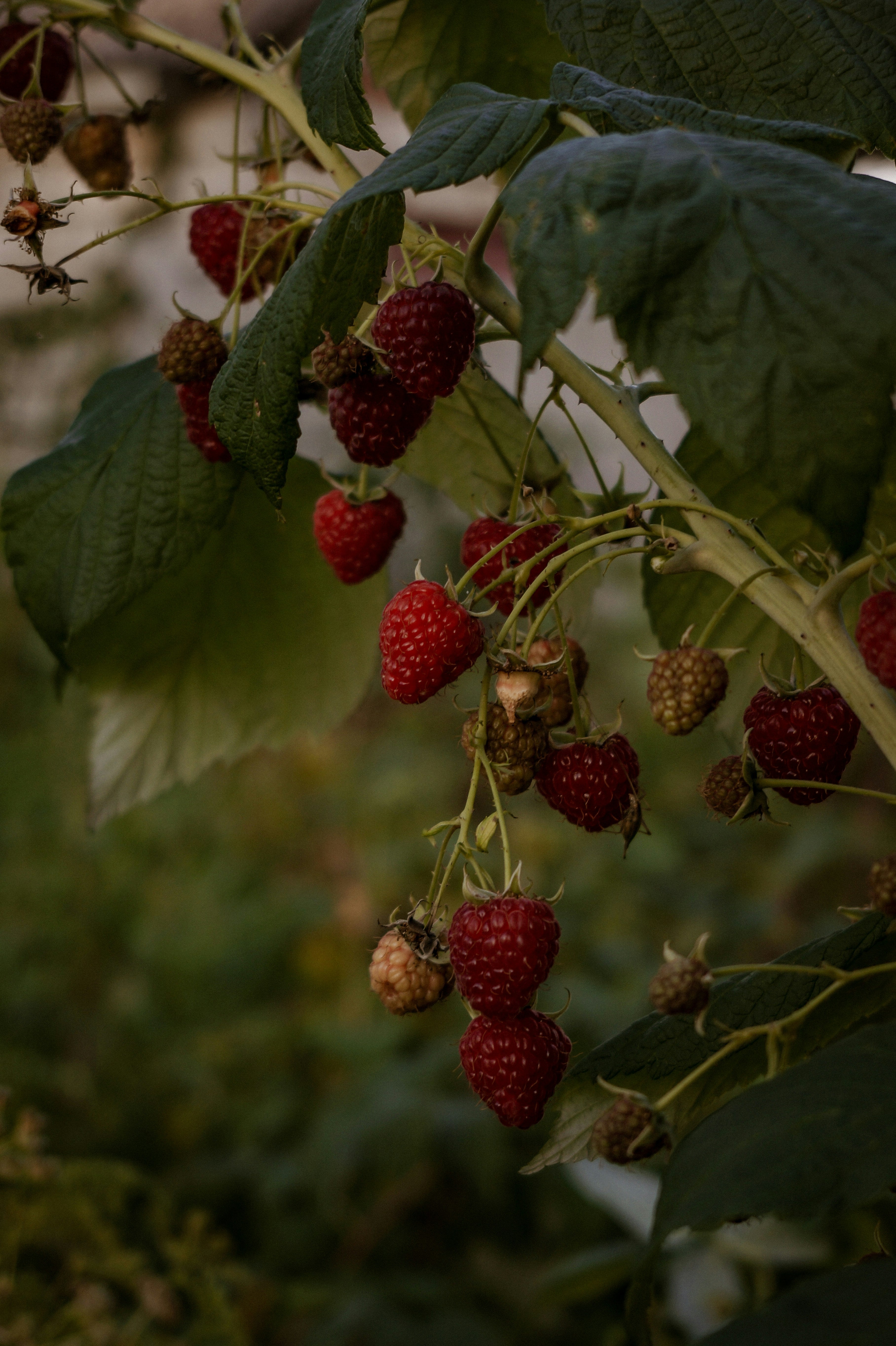the strange, sexy precursors to valentine’s day.

What makes February history's sexiest month.
Saint Valentine himself — a third-century Roman bishop — would be absolutely baffled by Valentine’s Day. Long before Valentine was born, the middle of February was a time for celebrations of — well, not love, but the physical act with which it often manifests. Several ancient cultures had fertility celebrations and rituals around this time.
There seems to be something about the time of year that suggests it — spring not yet completely sprung, but the worst of winter over, and nature presenting teases of the summer that will eventually come. Birds often begin mating rituals around this time, plants are beginning to suggest returning to full flower, and after the long slog of winter, it’s reasonable enough to feel ready for something exciting.
The Romans, for instance, celebrated Lupercalia on February 15, a much more raucous festival that had nothing to do with romance and a lot more to do with banging.
Lupercalia is thought to have been both a rite of passage for the men involved, and a bid to increase the fertility of the women. There are also tales — although the historic veracity of them is a bit sketchy — of names being pulled out of jars in a sexual free-for-all. This vaguely Secret Santa-like picture of ancient swinging is likely to be a later invention by a historian jumping on the “nothing but orgies” idea of ancient Rome that has come and gone over the centuries.
The Celtic Pagan festival of Imbolc, which may date back to Neolithic times, is another ancient February festival. While the origins of its name are in some doubt, one theory links it to an Old Irish word for pregnancy, a nod to lambing season and the frequent February sight of sheep ready to give birth. Imholc is also the feast day of Brigid, the Pagan goddess of fertility, farming, poetry and wisdom. It’s also nine months before Samhain, a lucky day to be born on — children born then were destined to end up as knights and kings — which suggests an element of gettin’ to it being very much encouraged…
There’s more. The Indian festival of Vasant Panchami, which usually falls in mid-February, celebrates the Hindu goddess Saraswati, who among other things is the goddess of love and longing, and — in some regions — Kama, the god of love and eroticism. The ancient Greek festival of Anthisteria, held in honor of Dionysus (the god of both wine and fertility) fell around mid-Feb as well, and featured drinking contests (that children were allowed to enter.)
Celebrating St. Valentine’s Day began in the Middle Ages, and several different stories and people got slightly smashed together into what it became. Stories of him helping condemned Christians marry — thought to be untrue — led to St. Valentine being made the patron saint of ‘courtly love’, which was very popular in the Middle Ages.
One of Valentine (the man)’s supposed miracles, which led to his canonisation, was restoring sight to the daughter of his jailer as he awaited execution. This was changed, when Valentine’s Day became about romance and selling cards in the 18th century. In the version that was spread around then, he was being pitied by the jailer’s daughter who sneaked him food. When he was taken to his doom, she found a note thanking her, signed “your Valentine”.
While Lupercalia being taken wholesale, cleaned up a bit and rebranded as the much more sedate, PG-rated Valentine’s Day makes a certain kind of sense, it wasn’t as straightforward as that — the day celebrating him moved around a little, and was in May at one point. But, there’s certainly a link, however inelegant, between the 21st-century day of off-the-shelf romance and ancient festivals of sex.



